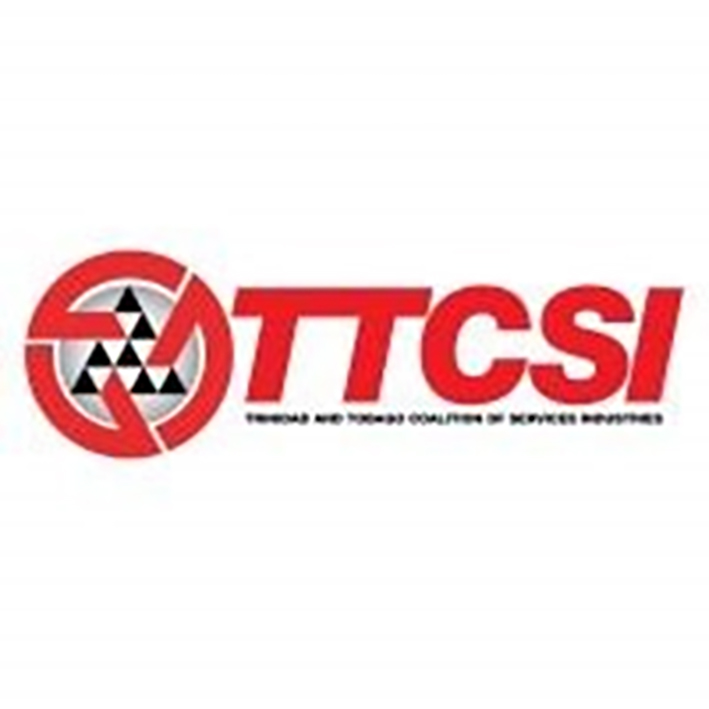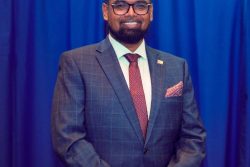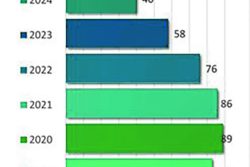Caribbean countries are in a desperate need of an energy transition, the think-thank Atlantic Council has stated. As such it has proposed a five-step roadmap that Caribbean countries, the business community, multilateral development banks (MDBs), regional institutions, and partner nations can undertake to transform the region’s energy systems and accelerate that energy transition.
Step One (starting from year one):
The first step is to conduct national-and regional-level energy modelling and analysis. Using software, Caribbean governments, MDBs, and partner nations should evaluate each country’s energy system and its various components, including supply, demand, storage, transport, and available technologies. The modelling helps to identify a cost-effective and renewable energy-system plan best suited to each country. Caribbean nations’ energy systems must be modelled to determine the right options for de-carbonisation, cost effectiveness, reliability, and resilience. Some countries—such as Jamaica, Saint Lucia, Barbados, Suriname, and Trinidad and Tobago—have already prepared Integrated Resource & Resilience Plans (IRRPs), a form of energy modelling for the electricity sector.
However, these IRRPs do not take into account demand-side management, storage options, and other energy usage such as transportation. Hence, a holistic energy model, which can occur from a 6-to 12-month period, should be built to incorporate all energy inputs, which will provide the necessary data to allow for a transition to a modern, low-carbon energy system. Energy modelling will also help Caribbean countries increase their energy efficiency—a crucial step for de-carbonising their economies. An Inter-American Development Bank (IDB) report shows that Caribbean countries have a higher average energy intensity than their counterparts in Latin America, and investing in their energy efficiency can net $6.1 billion in economic benefits over twenty years. Measures can include using LED lighting, data-center efficiency, and daylighting controls, among others.
Step Two (ranging from years two to five):
After step one is completed, step two focuses on the transition to a modernised grid and moving toward distributed generation. This transition is a transformation from a monolithic grid, which is stagnant and has limited flexibility, to one that is modular and agile. Centralised power generation is characterised by decisions driven by affordability and reliability, but this leaves out a variety of factors that lead to a more cost-efficient generation, cost externalities, and the preference of local communities. Distributed generation, along with intelligent load control, is driven by cost and environmental sustainability, personalised energy options, and security. In the Caribbean, a modernized grid is one that needs six attributes, including:
● Resilience after climate-related disasters;
● Reliability to decrease power outages;
● Security for energy infrastructure;
● Affordability to protect against high costs for consumers;
● Flexibility to adjust to weather patterns; and
● Sustainability to onboard broader clean energy and energy-
efficiency methods.
At the same time, given the climate-induced challenges facing the Caribbean, a resilience-based approach is necessary for the region’s energy transformation and transition. The frequency of tropical storms and changes in weather patterns means that decentralized power generation effectively becomes a form of climate adaptation. In centralized grids, strong storms that damage energy infrastructure can cause country-wide blackouts. In the aftermath of climate-induced natural disasters, using micro grids means that power lost on one side of an island does not necessarily affect the other side. Further, battery storage is essential to creating more reliability when using intermittent, renewable sources.
Step Three (ranging from years two to five):
Once energy modelling is complete, along with a transition to a modernised grid, Step Three requires diversifying state-owned utilities and top-down vertically integrated systems. As already discussed, one challenge facing the Caribbean’s energy transformation and eventual transition is the vertical integration of utility structures in most countries in the region, except for Jamaica and Trinidad and Tobago. These countries have divested some of their generation assets and have contracted capacity from independent power producers (IPPs), which allow for competition in power generation, reducing costs and improving quality of service and reliability. Partner nations and MDBs should work with Caribbean governments, utilities, and regional groups to foster this model, but the varying nature of utility ownership and power-system diversification requires different strategies.
● For vertically integrated utilities, governments need support
to incorporate IPPs into the system.
● For those that have IPPs, governments need support moving
toward corporate or self-generation power purchase
agreements (PPAs).
● For utilities with very small grids, governments require
support to implement feed-in tariffs (to encourage
investment), net metering, or net billing solutions.
Step 4 (earliest start in year two):
De-risking and delivering “bankable” projects is Step Four in the roadmap. The first three steps are focused on ensuring that developers, governments, and MDBs are creating the right environment for new renewable-energy projects. But, even with the right environment or a strong foundation, if projects are not bankable—meaning that investors and developers see a likely financial return on a project—the energy transition will stall. Many of the risks that deter project finance are discussed in this report, so Step Four focuses on how to create a bankable project.
Most renewable projects are financed on a project-finance basis (in which lenders absorb the risk of the project itself). Then a special-purpose vehicle (SPV) is created for the project and funds are injected, or a loan is secured based on the fundamentals of the project, meaning whether investors can generate sufficient revenues to service debts and pay requisite returns on equity. When considering a project, lenders prepare a risk-return analysis to assess these traits along with major risks that can negatively impact the project, leading them to determine the project’s bankability. Therefore, for a project to be bankable in the Caribbean, certain protections for lenders are needed. Some of these protections might include:
● Feasibility studies that underpin the success of the project.
● A solid offtaker that is in a comfortable liquidity position and
has creditworthiness.
● Adequate insurance coverage over the assets, loss of income,
contractor risks, property damage, and business interruptions.
● Long-term PPAs which have components, such as take-or-pay
arrangements, competitive prices in markets, and fixed tariff
per kWh.
● Environmental social and impact assessments.
● Equity injection from developers and borrowers that is
between 20 per cent and 40 per cent.
● Secure site and site access.
Once a bankable project is created, MDBs would then seek to provide financing to sponsors or developers to build new renewable-energy projects. A combination of project financing, technical assistance, and other donor funding, such as blended finance, can help move projects through the “valley of death” by providing needed financing that help projects reach the financial investment decision. To help projects successfully reach the FID, governments should create an enabling environment that allows projects to flow and reach maturity. In this case, MDBs can issue contingent recoverable grants (CRG) to governments to support project development (such as creating appropriate legal frameworks and designing permitting and auction processes), which can then become a concessional loan once projects reach FID and revenue streams can be forecasted.
An example currently in use is the Caribbean Development Bank’s Geo-Smart Initiative, which provides grants to governments in the Eastern Caribbean to support early-stage and exploratory drilling to support future geothermal project development. These grants can be expanded and extended from MDBs, such as the Inter-American Development Bank and the World Bank.
Step Five (ranging from years three to ten, but only after at least step one has been completed):
The fifth and final step in the roadmap is scaling from a project-by-project approach to national, and potentially sub-region levels. A series of small projects is neither attractive to developers nor helpful to Caribbean countries in reaching their national renewable-energy targets. This method has proven to be infeasible and cost inefficient for potential developers, especially for sourcing projects across the Eastern Caribbean. Moving beyond a project-by-project approach means scaling investment and regulatory frameworks to a national level, which can further encourage the entry of potential developers. Scaling to national levels has benefits across the region. Changes in regulations that encourage investment in renewables can become best practices for other countries with similar-sized economies and renewable-energy potential.
Simply put, it ensures that governments do not need to “reinvent the wheel” when they can instead build on lessons learned from their Caribbean neighbours. Examples of national-level investment models already exist and have been successful in other countries, such as Argentina. During a severe financial crisis, Argentina created the RenovAr program, which led to more than $7.5 billion in investment in renewable energy between 2016 and 2019. An internationally competitive investment framework that was supported by risk mitigation and technical support produced remarkable and lasting results. The key factor was the political support of the government, which was willing to take on the risk of using a new framework, based on the expectation that it would produce positive results. While not a perfect analogue, the model of comprehensive reform can be adapted for the Caribbean and is slowly taking shape in Jamaica.








